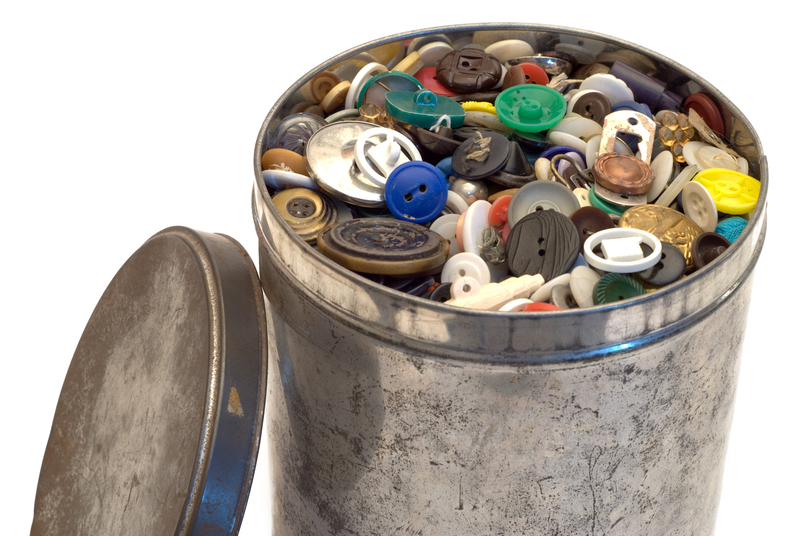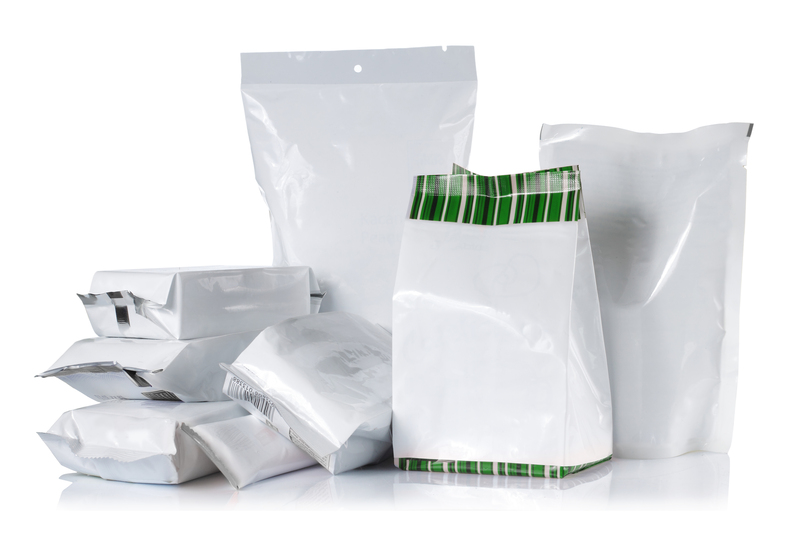What to Do With Pots and Pans That Have Seen Better Days: A Detailed Guide
Have your pots and pans started to show their age? Maybe their once-shiny surfaces are dull, the handles wobble, or those nonstick coatings are peeling. Before you toss them straight into the trash, discover a range of creative, responsible, and even money-saving solutions. In this comprehensive guide, you'll learn what to do with old pots and pans and how to give your cookware a second life.

Why Consider Alternatives to Throwing Away Your Old Cookware?
- Environmental Responsibility: Metal pots and pans take decades to break down in landfills, and many contain recyclable materials.
- Saving Money: Repurposing or repairing cookware can delay costly replacements.
- Creativity: Your old cookware can transform into unique home decor, garden accents, or even organizational solutions.
- Community Support: Donating usable pans can make a real difference for shelters, schools, or local families in need.
Evaluating the Condition: Can Your Cookware Be Saved?
Before you decide what to do with worn out pots and pans, take a close look at their actual condition. Many issues can be resolved, while some may require you to move on. Ask yourself:
- Are there cracks, deep scratches, or holes?
- Is the handle loose but not completely broken?
- Is the nonstick coating peeling or flaking?
- Do the pans have heavy rust or burn marks?
- Is the base warped, causing instability on the cooktop?
Repair and Restore: Breathing New Life Into Old Cookware
Simple Repairs You Can Do at Home
- Tighten Handles: Most loose handles on saucepans or frying pans can be reattached with a screwdriver and, occasionally, a new screw or bolt.
- Removing Rust: For cast iron pans or steel pots, scrub with steel wool and a mixture of baking soda and water. Rinse, dry, and re-season cast iron as needed.
- Polish Away Stains: Use a paste of baking soda and vinegar to restore stainless steel shine and eliminate burnt-on food residues.
When to Consider Professional Restoration
- Cast iron pans with stubborn rust or cracks can often be saved by professional sandblasting and re-seasoning.
- Copper pans with worn tin lining can be re-tinned by specialists, making them safe and attractive again.
Warning: When NOT to Repair or Reuse
If your nonstick pans have flaking or peeling coating, the pan could release unhealthy chemicals into your food. Deeply scratched aluminum or Teflon cookware should not be repaired for kitchen use. Instead, consider upcycling or recycling these items.
Clever Ways to Repurpose Old Pots and Pans
Don't let your old cookware go to waste! There are countless creative things to do with pots and pans past their prime:
Garden and Outdoor Uses
- Planters: Drill drainage holes in the bottom and create charming herb gardens, succulent pots, or flower beds.
- Bird Baths or Feeders: Fill a shallow pan with water or seeds and place it on a sturdy base outdoors. Pots and pans with handles can be attached to fences or poles for rustic appeal.
- Tool Storage: Hang large pans on the shed wall to store hand tools or gardening gloves.
Home Organization
- Storage Containers: Deep pots are perfect for organizing craft supplies, office materials, or kid's toys.
- Catchall at the Entryway: A painted pan makes a fun, functional tray for keys and mail.
Decorative Accents
- Wall Art: Arrange vintage frying pans on a kitchen wall for a nostalgic, farmhouse look.
- Clocks: Add a clock kit to a colorful or patterned pan to create a one-of-a-kind timepiece.
Unique Gifts and Crafts
- Candle Holders: Pour wax into the base of a small, handled pot for a rustic candle.
- Wind Chimes: Hang a series of lids or light pans for a whimsical outdoor mobile.
Recycling Old Pots and Pans Responsibly
If your cookware is beyond usable condition, recycling is the most eco-friendly solution. Most pots and pans are made of metals like stainless steel, aluminum, or copper -- all highly recyclable materials.
Preparing Your Cookware for Recycling
- Remove Non-Metal Parts: Take off plastic, rubber, or wooden handles if possible. Some centers may accept pans with these parts, but removing them ensures cleaner recycling.
- Check the Local Regulations: Different cities have varying rules about recycling cookware. Some accept metal kitchenware in curbside bins, while others require drop-off at a scrap metal yard or recycling facility.
- Separate the Materials: If your old pan is made from a mix of materials (like aluminum with a steel base), note this when dropping off for recycling, as some centers sort these items separately.
Important: Nonstick Cookware Recycling Tips
Nonstick coatings, such as Teflon, complicate the recycling process. Contact your local recycling or waste disposal service for guidance, as specialized facilities are often needed.
Donation: Sharing Cookware That Still Has Life
If your pots and pans are in decent shape - no flaking coatings, no holes, and just minor cosmetic wear - consider donating them to:
- Thrift stores or non-profit shops
- Community centers or soup kitchens
- School home economics classes
- Animal shelters (for use as water/food bowls - as long as there's no nonstick coating)
Be sure to clean and disinfect items thoroughly. Always ask if organizations are currently accepting kitchenware donations before dropping off your items.
Disposal: Final Step for Dangerous or Unrepairable Cookware
When your pots and pans truly can't be reused, repurposed, or recycled, proper disposal may be your only option. Contact your local waste management service to find out if there are any special handling procedures for:
- Coated nonstick pans (Teflon or ceramic)
- Broken glass lids
- Cookware with sharp edges or splintered handles
When Is It Time to Replace Old Cookware?
Although it is admirable to repair or upcycle whenever possible, some cookware really is too far gone. Replace your pots and pans if you see:
- Pitting, deep gouges, or holes in the metal
- Blistering or peeling nonstick surfaces
- Warped bottoms that make cooking unsafe or uneven
- Chemical smells or residues that can't be removed
- Crumbled or melted plastic handles that can't be repaired
New technology and materials make today's cookware longer-lasting and even recyclable at end-of-life, so your next purchase can be a more sustainable one.
Choosing Eco-Friendly Cookware for the Future
When it's time to replace old pots and pans, shop with the environment in mind. Here are a few tips:
- Buy quality: Choose well-made pans with durable materials and replaceable parts.
- Look for recyclable materials: Stainless steel, aluminum, and enameled cast iron are often fully recyclable.
- Consider secondhand options: Thrifted cookware can be a great bargain and cuts down on waste.

Frequently Asked Questions: What to Do With Pots and Pans That Have Seen Better Days?
- Can I put old pots and pans in my recycling bin?
Sometimes - check with your local sanitation department. Many require metal drop-off at a recycling center or scrap yard. - Is it safe to donate scratched nonstick pans?
No. Pans with scratched or peeling nonstick coatings can be hazardous, especially for high-heat use or to pets. - Can I use rusty pans for planters?
Yes, rust doesn't harm most plants, and it can add rustic charm to your garden. - Are there creative ways to dress up old pans for decor?
Absolutely! Paint the exteriors, use decals, create clocks, wall displays, or even candle holders.
Conclusion: Give Your Old Pots and Pans a New Purpose
As you can see, tossing old pots and pans in the trash isn't your only - or best - option. Whether you repair, repurpose, recycle, or donate, your worn kitchenware can find a new life. By choosing thoughtful disposal methods, you'll help the environment, save money, and maybe even add a little creativity to your home. The next time your pots or pans have seen better days, remember these eco-friendly and inventive alternatives!
